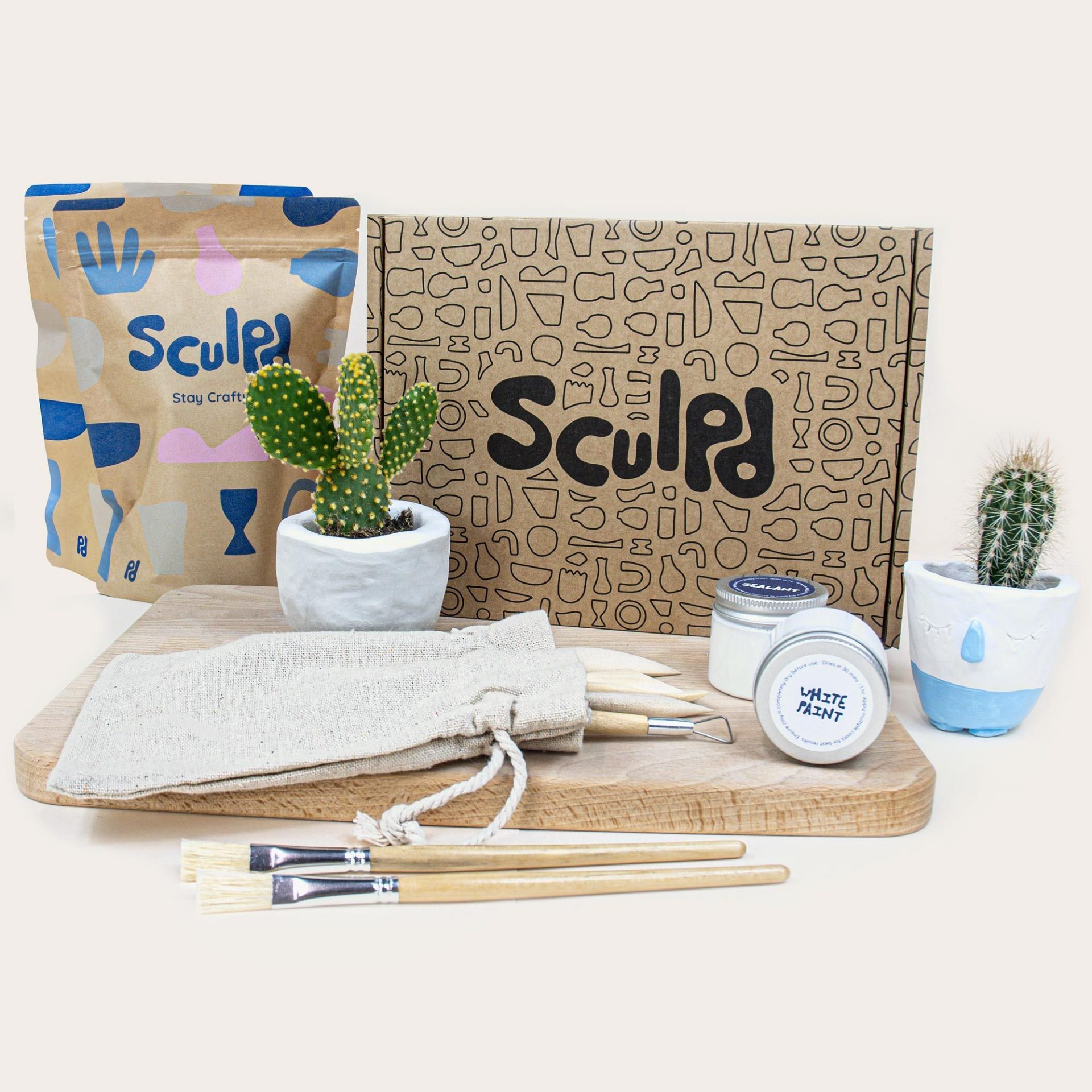Managing unsold inventory can be a significant challenge for businesses. Instead of letting items gather dust or resorting to deep discounts, why not transform them into opportunities? Repurposing excess stock is an innovative way to minimize losses, breathe new life into products, and capture customer interest. This approach not only helps optimize resources but can also drive brand value and eco-friendly practices.
In this article, we’ll explore several inventive methods to repurpose unsold items, ensuring they contribute positively to your bottom line.
1. Transform Inventory into DIY Kits or Craft Supplies

Unsold goods can be reimagined as do-it-yourself kits or craft supplies for creative-minded customers. Here’s how:
- DIY Projects: Break down products into components and package them as kits with instructions for at-home projects. For example, leftover fabric can become sewing kits, or unsold mason jars can be converted into candle-making sets.
- Art Supplies: Repackage unsold items as art materials. For instance, paint, brushes, or even broken ceramics can appeal to crafters.
- Seasonal Themes: Tailor the kits to holidays or seasonal events to make them more appealing.
These kits resonate with DIY enthusiasts and position your brand as a creative and sustainable option.
2. Repackage Items with a Seasonal Twist

Refreshing unsold inventory with seasonal branding can reignite consumer interest. For example:
- Festive Packaging: Redesign packaging for holidays like Christmas, Halloween, or Valentine’s Day.
- Limited Editions: Create a sense of exclusivity by marketing repurposed items as limited-edition seasonal products.
- Gift Sets: Combine multiple unsold items into themed gift bundles for occasions like birthdays or Mother’s Day.
This strategy capitalizes on the popularity of seasonal shopping and increases the perceived value of your products.
3. Utilize Products for Employee Engagement or Customer Loyalty Programs
Repurposed inventory can serve as a valuable tool to foster employee satisfaction or customer loyalty:
- Employee Incentives: Offer unsold products as rewards for employees achieving certain goals, fostering motivation while reducing stock.
- Loyalty Rewards: Integrate leftover items into your customer loyalty program, allowing members to redeem them for points.
- Surprise Gifts: Delight customers by including repurposed goods as complimentary items in their orders.
These practices not only help clear inventory but also build stronger relationships with your workforce and customer base.
4. Create Partnerships with Local Businesses or Artists
Collaborating with local partners can give unsold inventory a new purpose:
- Raw Materials: Provide materials like wood, fabric, or metal to artisans who can transform them into handcrafted goods.
- Event Supplies: Partner with event organizers to repurpose inventory into decorations or giveaways.
- Workshops: Collaborate on workshops where participants use your repurposed items to create something new.

Such partnerships foster community engagement and offer your business new avenues for publicity and sales.
5. Upcycle Products into New Offerings
Upcycling involves modifying unsold goods to create entirely new products:
- Custom Creations: Add embellishments or combine products to develop unique, high-value offerings.
- Function Redesign: Convert items into something completely different. For example, unsold T-shirts can be turned into reusable shopping bags.
- Eco-Friendly Branding: Highlight the environmental benefits of upcycled goods to attract sustainability-conscious consumers.
By upcycling, you showcase innovation and align your brand with green initiatives, appealing to modern buyers.
6. Donate to Charities or Educational Institutions

Donation is a meaningful way to repurpose unsold inventory, benefiting both your community and your brand:
- Charity Events: Partner with local nonprofits to donate excess stock for fundraisers or community events.
- School Projects: Provide materials to schools for art classes, science experiments, or workshops.
- Tax Benefits: Gain financial advantages by claiming deductions for your contributions.
Donating builds goodwill and positions your company as socially responsible, creating positive long-term impacts.
7. Leverage Unsold Inventory for Marketing Campaigns
Turn excess stock into a marketing asset through creative promotions:
- Giveaways: Use unsold items as prizes in social media contests to boost engagement.
- Referral Programs: Reward customers who refer friends with leftover products.
- Content Creation: Develop tutorials, videos, or blogs showcasing innovative uses for unsold goods.
These campaigns help improve brand visibility while effectively moving excess inventory.
8. Host a Repurposing Workshop or Event

Invite customers or community members to participate in a workshop where they repurpose products themselves:
- Interactive Sessions: Teach attendees how to transform unsold items into usable goods, such as turning jars into planters.
- Community Connection: Strengthen local ties while demonstrating your brand’s commitment to sustainability.
- Generate Buzz: Promote the event on social media to attract more attention to your business.
This hands-on approach not only clears inventory but also enhances your brand’s reputation for creativity and eco-friendliness.
Conclusion: Innovation Meets Sustainability
Repurposing unsold inventory is an innovative solution that saves resources, supports sustainability, and engages your audience in meaningful ways. Whether through DIY kits, seasonal packaging, donations, or upcycling, these strategies allow you to transform surplus stock into opportunities. They also position your business as environmentally conscious and customer-focused, fostering long-term loyalty and goodwill.
Are you inspired to rethink how you handle excess inventory? Explore more insights on our website, share your thoughts in the comments, and connect with us for additional tips. Let’s turn challenges into creative solutions together!

Leave a Reply